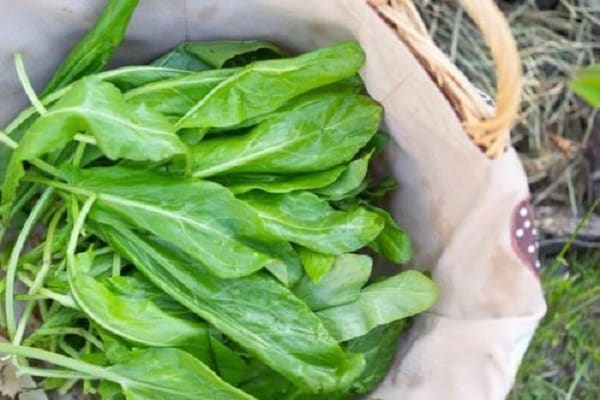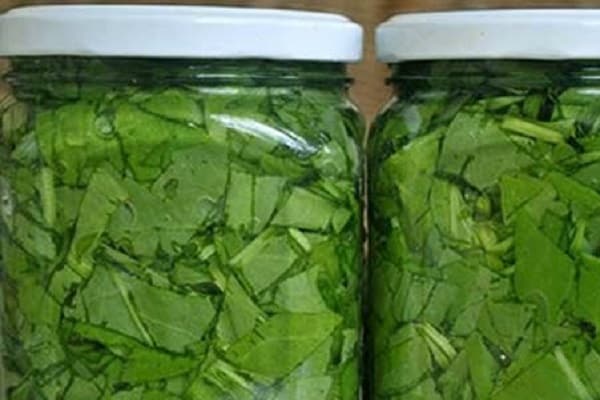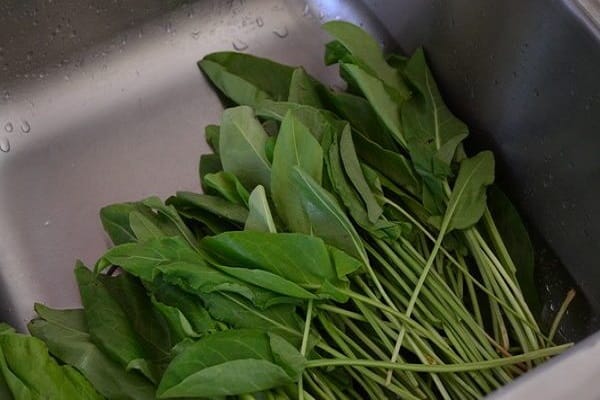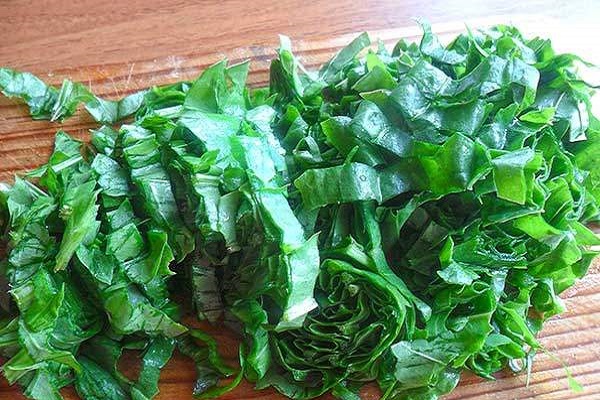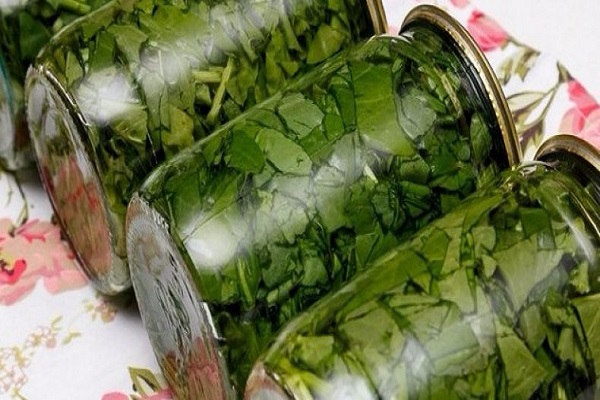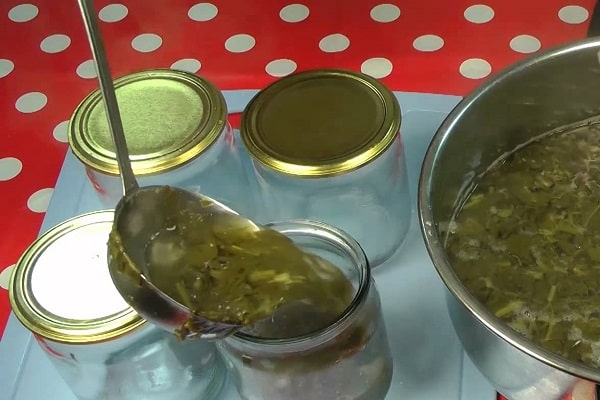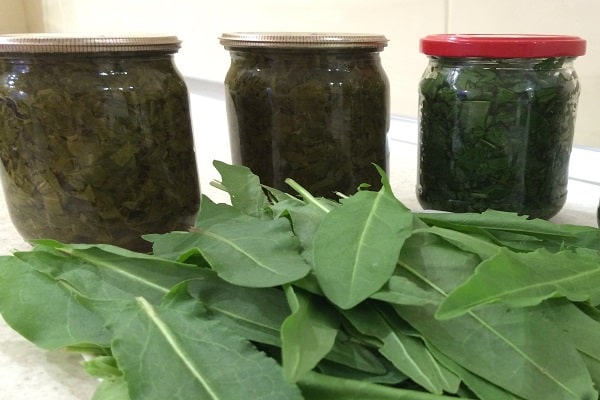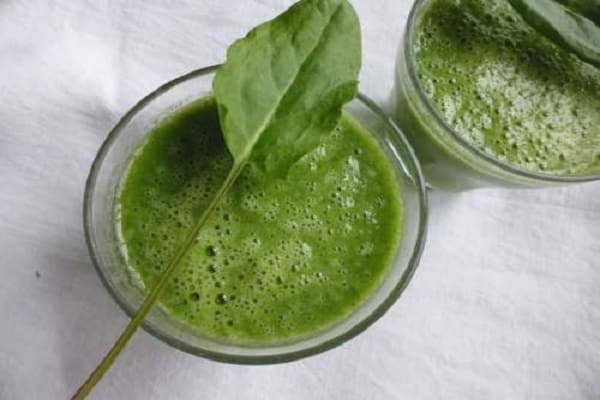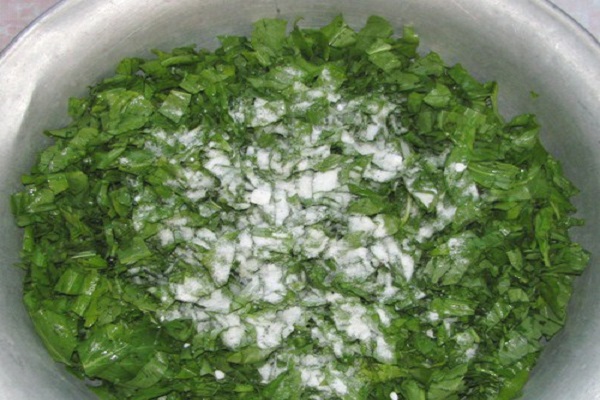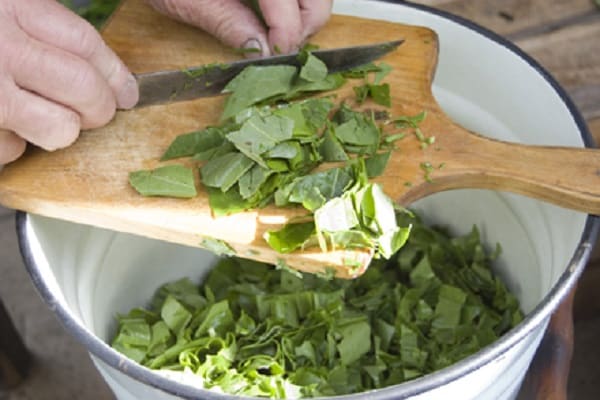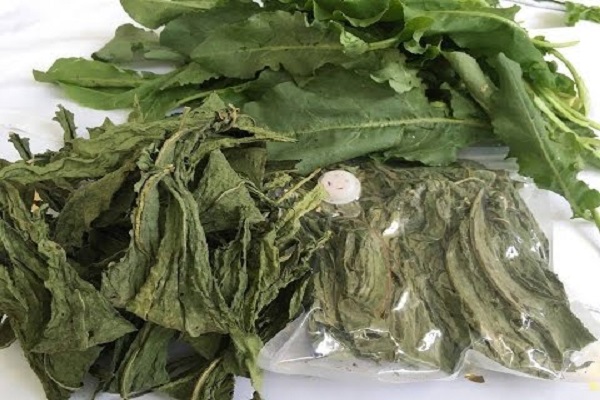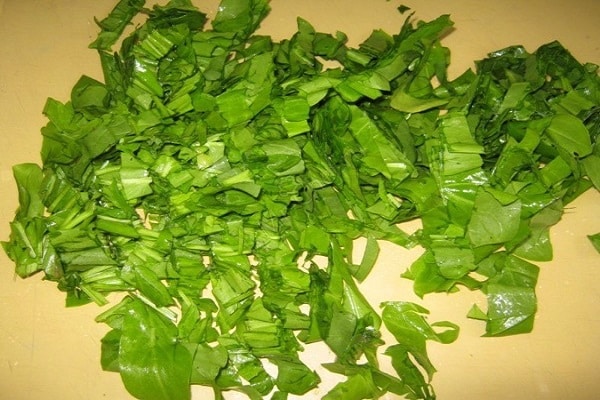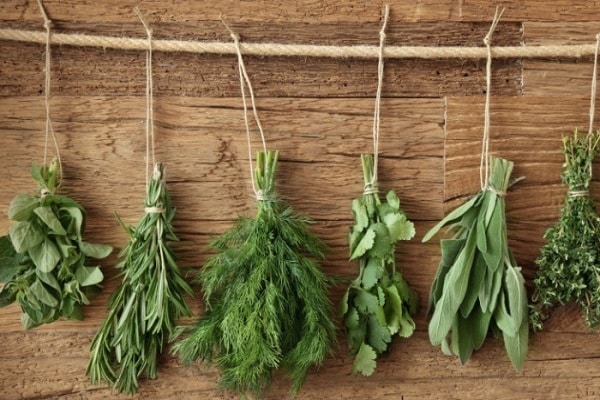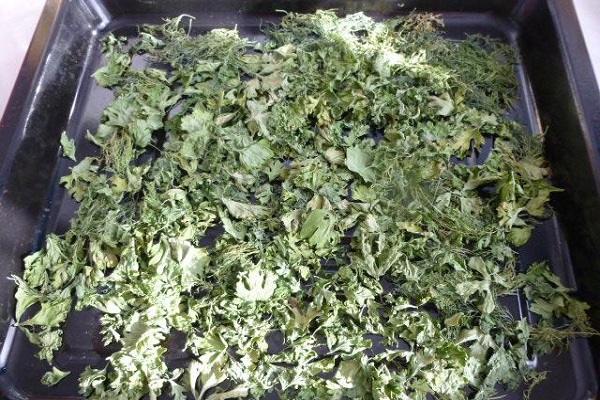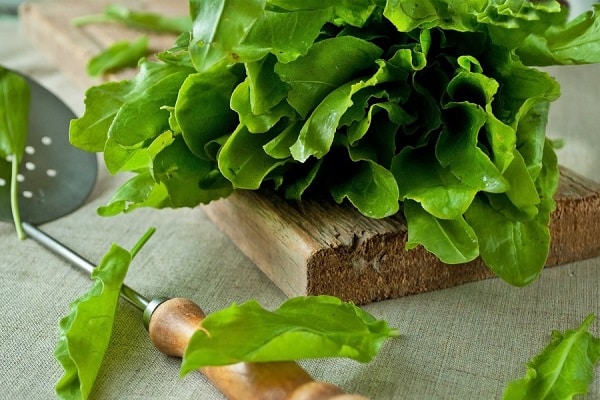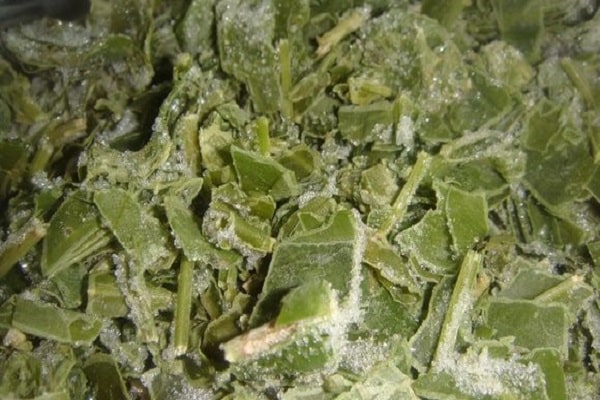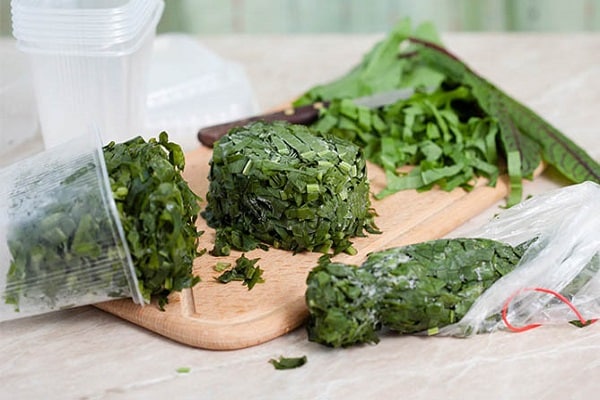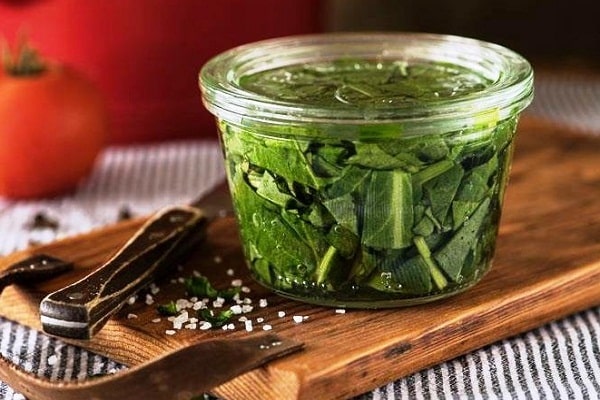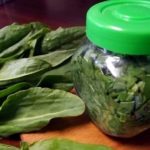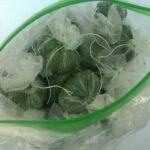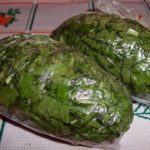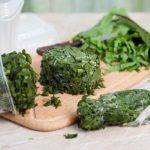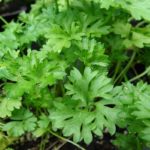Sorrel is considered a source of many micronutrients necessary to strengthen the body in winter. The grass has a pleasant taste. Therefore, greens are used in various recipes. The main disadvantage is that the plant quickly loses micronutrients. In this regard, sorrel is prepared for the winter by freezing, drying or salting.
- Features of harvesting sorrel for the winter
- How to select and prepare a product?
- Salting methods
- In its own juice
- In brine
- In the form of vitamin puree
- Cold pickling
- Drying sorrel
- Natural
- Accelerated
- Freezing methods
- Whole leaves
- Freezing chopped sorrel in separate bags and containers
- Freezing blanched sorrel
- How to store workpieces?
Features of harvesting sorrel for the winter
The traditional method of preserving for the winter, which involves turning the jars over after twisting, does not help preserve sorrel preparations. This is explained by the fact that the plant contains an acid of the same name, which corrodes the lids of containers.
At room temperature, the greens begin to dry out within 1-2 days. Therefore, it is necessary to make preparations for the winter immediately after harvesting the plant.
If it is not possible to immediately begin preservation, a refrigerator can help preserve the plant at home. Pre-dried leaves placed in the vegetable drawer will remain usable for up to two weeks.
How to select and prepare a product?
For winter preparations, it is recommended to collect sorrel in early May and until mid-July, in dry and sunny weather. During this period, the plant contains a minimal amount of acid harmful to the body. However, grass collected at a later time (until September) is suitable for harvesting for the winter.
It is recommended to cut the plant carefully, being careful not to damage the stem. Sorrel 4 centimeters long is suitable for preservation. It is recommended to take whole leaves without visible defects or signs of disease for storage. Also, do not collect plants that have turned yellow or have been eaten by insects.
After assembly, the leaves are washed in water (under running water or in a bowl). Dry the grass on a towel. If the sorrel is planned to be used later, the plant must be placed in water.
Salting methods
Greens can be harvested by canning or freezing. Salting methods are considered traditional, thanks to which the grass retains its nutritional properties for a long time.
If one of the listed methods is used, it is recommended that after adding sorrel to the dish, use 3 times less salt. When adding spinach or dill to this preservation, the herb should be taken in equal proportions.
In its own juice
To preserve for the winter, it is necessary to sterilize the containers. The greens are placed in jars and compacted. Then the container is placed in a saucepan, where water is poured, and heated over low heat.
As the grass warms up, it will begin to release juice. During this period, the sorrel gradually settles, so you need to periodically add leaves so that the plant completely fills the glass container. As soon as the juice reaches the neck, the jar can be removed from the pan. Silicone lids are used for sealing.
When preparing greens for the winter using this recipe, it is recommended to take containers with a volume of 250 or 500 milliliters. The advantage of this preservation method is that the product does not sour over time.
In brine
The product turns out tasty if brine is used to prepare it for the winter. For preservation use:
- sorrel leaves (the quantity is determined by the volume of the workpiece);
- a teaspoon of salt (calculated for a 500 ml jar);
- boiling water.
To prepare a winter snack, the leaves are cut into strips and placed (compacted) in 500-ml jars. Salt is poured into the container and boiling water is poured so that the water completely covers the plant. The stream should go strictly through the center of the jar, without touching the walls.
At the end, the containers are rolled up and stored.
There is another recipe for preparing greens for the winter. In this case, a tablespoon of salt and 100 milliliters of vinegar are used, and warm or cool water is used instead of boiling water.The resulting preparation is not suitable for people who cannot tolerate acidic foods.
In the form of vitamin puree
To prepare vitamin puree for the winter, you will need 50 grams of salt for every kilogram of sorrel. The latter ensures the safety of the product.
The leaves are ground in a meat grinder (combine) and then mixed with salt. The resulting mass is infused for one hour. Next, the puree is put into jars. It is recommended to close containers with tin lids.
If necessary, you can skip the salt. The absence of this component will not have a significant effect on the taste of the finished product.
Cold pickling
There are two recipes for cold pickling for the winter. For the first you will need a kilogram of sorrel and 30 grams of salt. The ingredients are ground together and left for 30 minutes until the leaves give juice. After the allotted time has passed, the resulting mixture is transferred to half-liter jars and closed with plastic lids.
For the second recipe for pickling for the winter you will need:
- kilogram of leaves;
- glass of water;
- microwave;
- 2 cans of 500 milliliters.
This recipe is convenient in that the product is prepared without boiling the original ingredients.
The leaves are cut and placed on a plate. A glass of water is added to the mixture. The plate is placed for 4 minutes in a microwave oven turned on at 900 watts. After this, the ingredients are mixed and reheated. The third time, the plate is placed in the microwave for one minute.
After this treatment, the leaves acquire a dark marshy hue. At the end, the sorrel is transferred to jars, compacted tightly and rolled up for the winter.
Drying sorrel
Drying is carried out naturally (in air) or in special equipment.The resulting product is used as a seasoning for various dishes. Before starting the process, it is recommended to sort the plant, removing rotten leaves, but not wash it.
Natural
There are three ways to dry sorrel for the winter. For the first, you need to tie the plant into loose bunches with a diameter of 5-7 centimeters, making sure that air passes freely between the leaves. The grass is hung in a well-ventilated area or outdoors, in the shade, for 1-2 weeks.
During the specified period, it is recommended to periodically stir the bunches. This prevents the formation of mold.
The second option involves laying sorrel on sheets of paper or other dry surface in a layer up to 5 centimeters thick. The plant should be stored indoors or outdoors, away from sunlight. The leaves are turned over daily, which ensures normal drying.
For the last option, you need to sort out and wash the collected grass. The latter is then cut into strips of medium length and laid out in a thin layer on natural fabric or paper towels.
Accelerated
To preserve sorrel, you can prepare the plant for the winter in an electric vegetable dryer. This process takes less time than the previous ones. Sorrel dried in this way changes the taste slightly. Therefore, it is recommended to prepare a small batch of plants first. And if you like the taste of the product, you can start harvesting the remaining leaves.
Before putting plants in an electric dryer, you need to thoroughly rinse the leaves, allowing the water to drain on its own. The hydration process takes place in the “Grass” mode or at a temperature of 40 degrees. Drying for the winter using this method takes about 5-7 hours.
A similar effect can be obtained if you place the leaves on a baking sheet and put the latter in the oven.This option requires constant monitoring of the condition of the plant.
Freezing methods
To achieve proper preparation and freeze sorrel for the winter, you need to rinse the collected greens under water and leave to dry on a paper or cloth towel. At the same time, the plant must remain moist, since the grass quickly withers under the influence of the environment.
Whole leaves
Thanks to freezing in this way, sorrel remains fresh in the refrigerator for a long time, preserving not only its taste, but also useful microelements. There are two options for preparing the product.
For the first method, you need to tie the leaves into small bunches. The bottom of the freezer or board is wrapped with cling film. The bundles are laid out on the prepared surface. After freezing, the plant is placed in storage containers and left for the winter.
The second method involves the use of both containers and bags. The leaves are also first tied into small bunches. Next, the plants are placed in containers. Parchment is laid out between the bundles.
Freezing chopped sorrel in separate bags and containers
Freezing this way allows you to immediately use the plant in winter without wasting time on cutting. Grass harvesting is carried out in several stages:
- The leaves are washed, dried and finely chopped.
- The resulting mass is divided into portions and placed in bags or containers.
- The containers are placed in the quick freezing compartment.
The workpiece is stored in the freezer during the winter.
Freezing blanched sorrel
Freezing blanched greens is suitable if the product is later used for pies.This limitation is explained by the fact that the grass is subjected to repeated processing. As a result, the greens lose micronutrients.
Before freezing for the winter, the plant is cut into small pieces. Then the mass is laid out in a saucepan, where a small amount of water is added. The greens are cooked for several minutes over low heat. The product is ready for freezing when the leaves become soft and the juice has released.
How to store workpieces?
Regardless of the method of preparation for the winter, storage rules provide for the following:
- after defrosting, the product must be consumed immediately;
- pickles are placed in cool rooms away from sunlight;
- dried herbs are placed in paper, cardboard or glass containers.
The salted product is suitable for consumption for 8 months. Frozen greens can be eaten for a year, dried for 2 years.

